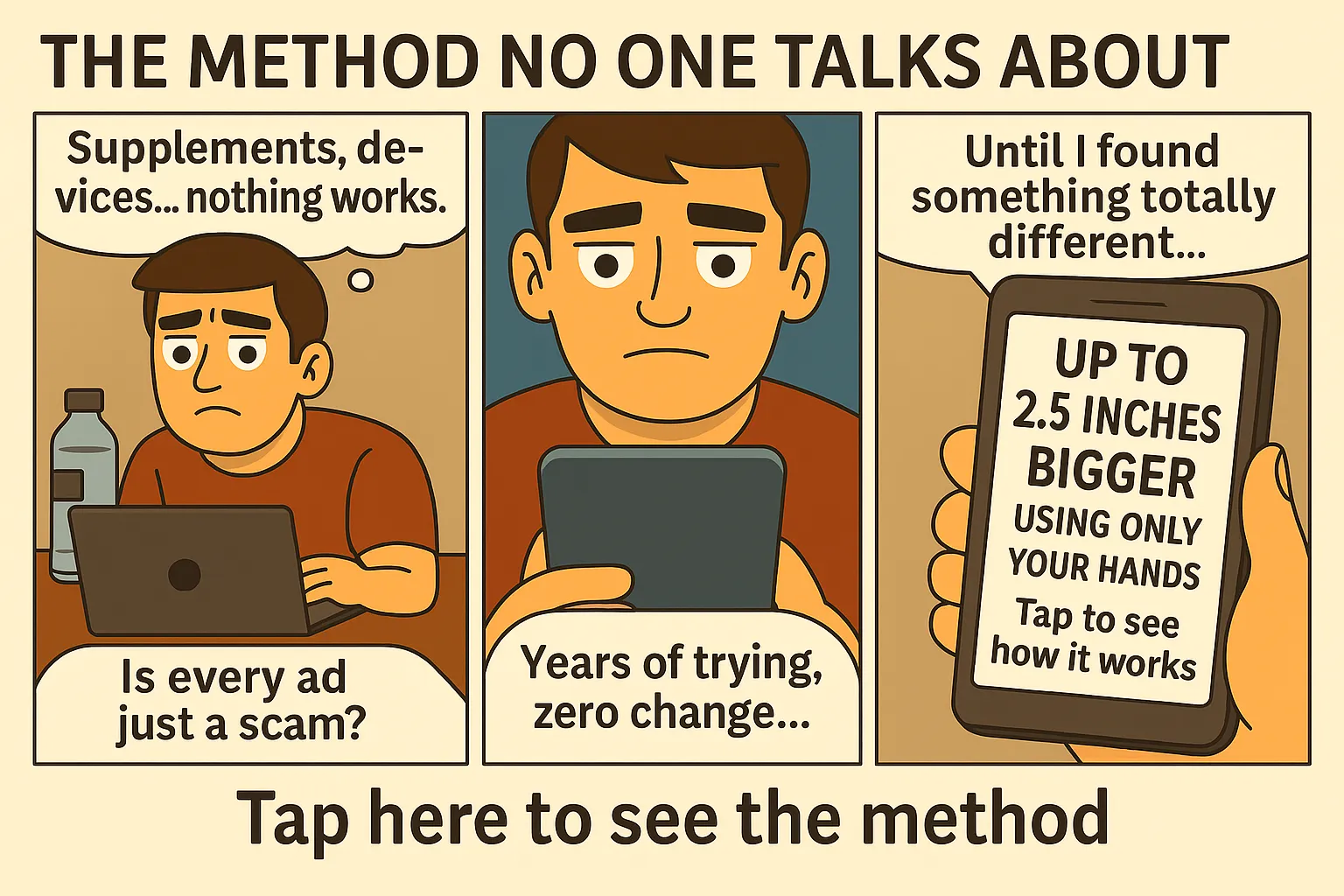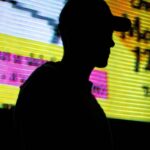How Modern Light Exposure Is Quietly Destroying Your Masculine Hormone Power
Artificial light has become an inescapable part of modern life. From smartphone screens to LED bulbs, we’re constantly exposed to unnatural light sources that significantly impact our body’s internal systems—especially our hormonal balance. The focus keyword here is artificial light hormones, a topic gaining attention for its serious health implications.
The Circadian Clock and Hormonal Harmony
Your body operates on a natural 24-hour rhythm known as the circadian cycle. This internal clock regulates sleep, mood, energy levels, and most importantly, hormone production. Exposure to artificial light, especially at night, throws this clock off balance, suppressing melatonin and disrupting testosterone, cortisol, and growth hormone levels.
Blue Light’s Effect on Testosterone
Blue light, commonly emitted from screens and LED lighting, has been shown to reduce testosterone levels. When your eyes receive blue light signals at night, your brain delays melatonin release. Melatonin plays a key role in initiating deep sleep—during which your body produces the highest levels of testosterone.
Why Your Bedroom Light Might Be Killing Your Gains
Studies have linked nighttime light exposure with reduced luteinizing hormone (LH), the precursor to testosterone. That dim light you leave on before bed could be slowly sabotaging your natural growth, recovery, and virility.
The Domino Effect: Cortisol, Estrogen and Sleep Quality
Artificial light doesn’t just impact testosterone. It also spikes cortisol, your stress hormone, leading to fat gain and estrogen dominance in men. Over time, this creates a state of hormonal chaos, leaving you tired, anxious, and sexually underperforming.
How to Minimize the Damage of Artificial Light
Thankfully, you can take strategic steps to protect your hormones while still living in a modern world.
1. Eliminate Screen Time Before Bed
Avoid screens at least 90 minutes before sleep. If that’s not possible, use blue light filters or night mode settings.
2. Wear Blue Light Blocking Glasses
Invest in quality blue-light-blocking glasses and wear them after sunset. This simple tool helps preserve melatonin and restore sleep-driven testosterone production.
3. Install Red or Amber Lighting at Night
These wavelengths are less disruptive to melatonin and are better for hormone-friendly evenings.
4. Use Blackout Curtains
Even small amounts of light from street lamps can suppress melatonin. Make your bedroom pitch black to optimize hormone release during sleep.
Interconnected Topics Worth Exploring
The disruption of hormonal patterns by artificial light is closely linked to broader themes of hormonal optimization. If this topic resonates with you, you might also be interested in how your circadian rhythm affects testosterone or the best supplement stacks for hormone balance.
What About Hormonal Imbalance in Fit Men?
Many fit men assume they’re immune to hormone issues. But light exposure doesn’t discriminate based on muscle mass. If you’re lean but suffer from low libido or energy crashes, check out our insights on hormonal imbalance in fit men.
Designing a Hormone-Optimized Home
From smart lighting setups to strategic room design, your environment plays a huge role. Dive into our full guide on how to design your home for testosterone boosting.
🧪 Light Exposure Comparison: Natural vs Artificial
| Factor | Natural Light | Artificial Light |
|---|---|---|
| Hormonal Effect | Boosts testosterone, syncs rhythm | Suppresses melatonin, lowers testosterone |
| Source | Sunlight (UV, infrared, visible) | LED, fluorescent, screen blue light |
| Best Time | Morning exposure | Never after sunset |
| Impact on Sleep | Improves deep sleep | Delays melatonin release |
Final Thoughts: Your Modern Light Environment Needs a Makeover
Artificial light is silently eroding your hormonal edge. But you don’t have to go live in a cave. With the right changes, you can outsmart your environment and reclaim control over your testosterone and energy.
❓ Frequently Asked Questions
Can artificial light at night really affect testosterone?
Yes. Exposure to blue and white light after dark suppresses melatonin, disrupts sleep, and lowers natural testosterone production. This has been shown in both animal and human studies, including this research on circadian rhythm disruption.
What are the symptoms of light-induced hormonal disruption?
Common signs include low libido, poor sleep quality, decreased morning wood, fatigue, and mood swings. These often appear even in men who train and eat well but ignore environmental light control.
The Science Behind Light and Hormone Signals
Our eyes are not just visual sensors—they’re hormonal regulators. Specialized photoreceptor cells in your retina detect light and send messages directly to the brain’s suprachiasmatic nucleus (SCN), the command center of your circadian rhythm. This signal cascade influences the pineal gland’s melatonin output and your entire endocrine system, including testosterone production in the testes.
Testosterone Peaks and Light Patterns
Research shows testosterone production follows a daily rhythm, peaking early in the morning. When this natural light-dark cycle is hijacked by artificial illumination, your testosterone peak becomes blunted. Men who sleep with lights or TVs on tend to have lower free testosterone levels—an alarming discovery backed by sleep and endocrine science.
Sexual Performance and Light Exposure
Consistent exposure to light at night has been linked with reduced libido, erectile dysfunction, and impaired sperm motility. These issues aren’t just psychological. They’re biochemical consequences of hormonal interference. If your environment never signals “night,” your body never enters restorative, testosterone-producing sleep cycles.
Evolutionary Mismatch: Your Brain vs. Modern Light
Our ancestors lived by firelight and natural darkness. Their hormonal systems were tuned to the sun’s rhythm. Fast forward to today, and our bodies are under constant photonic assault—street lamps, laptops, TVs, phone screens, fluorescent office lighting. The hormonal system perceives this constant light as a sign of daytime, and adapts by dialing down night-time hormones like melatonin and testosterone.
Jet Lag and Hormonal Jet Lag
Artificial light creates a constant state of biological “jet lag,” even if you never board a plane. This misalignment between your internal clock and your environment leads to chronic fatigue, mood instability, and—most notably—low testosterone. Fixing this mismatch is essential for any man looking to optimize his sexual health and performance naturally.
Biohacks to Reclaim Your Hormonal Edge
While completely avoiding artificial light isn’t realistic, biohacking your environment is.
1. Sunlight in the Morning
Expose yourself to direct sunlight within 30 minutes of waking. Morning sunlight helps reset your circadian rhythm and boosts daytime testosterone and serotonin.
2. Evening Candlelight Ritual
Replace your bright indoor bulbs with candles or salt lamps after sunset. This ancestral lighting restores hormonal harmony and signals your brain to wind down naturally.
3. Blue Light Blocker Apps and Settings
Apps like f.lux and built-in night mode settings on phones and computers help reduce melatonin suppression during evening use. They’re not perfect, but better than raw LED exposure.
4. Sleep Masks and Red Nightlights
If you can’t black out your room, wear a sleep mask. And use red-spectrum nightlights for late-night bathroom trips. Red light has the least impact on hormonal disruption.
Measuring Progress: How to Know If It’s Working
How can you tell if limiting artificial light is boosting your hormones?
- Deeper, uninterrupted sleep
- Higher morning energy and arousal
- Improved mood and motivation
- More consistent morning erections
- Higher libido and sexual confidence
These signs are all markers of healthy testosterone function. If you’re not seeing them, it’s time to optimize your light environment.
Final Hack: Control Your Environment, Control Your Hormones
You can’t control the outside world, but you can design your home to support hormonal strength. By mastering your light exposure, you signal your body that it’s safe to thrive, grow, and perform sexually. Modern problems require primal solutions.
Real-Life Example: The Night-Shift Epidemic
Consider this: night-shift workers—nurses, security guards, factory operators—are among the most hormonally depleted populations in the modern world. Numerous studies confirm that men working nights have significantly lower testosterone levels, higher cortisol, and a higher risk of erectile dysfunction. It’s not the job stress alone—it’s the constant exposure to light when the body expects darkness.
Case Study: Testosterone Recovery Through Light Hygiene
One study followed men with low T who adopted a simple protocol: no screens after 9 PM, blackout curtains, and blue-light blockers. In 60 days, their total testosterone increased by 20–30%, with improved sleep quality and libido. No injections. No pills. Just light hygiene.
Bonus: The Psychological Impact of Light
Artificial light doesn’t just damage your body—it numbs your mind. Disrupted melatonin affects serotonin production, leading to mood swings, anxiety, and brain fog. When your hormonal axis is scrambled, your drive disappears—sexual and otherwise. Fixing your lighting fixes more than your testosterone. It restores your masculine energy.
Hormones, Masculinity, and Light
Ever feel “off,” like you’re not fully yourself? That’s not age—it’s misalignment. Your biology is screaming for rhythm and darkness. Give it that, and your confidence, energy, and sexual strength return—without prescriptions or supplements.
Where to Go From Here
Start tonight. Turn off your screens. Dim your lights. Put on amber glasses. Black out your room. Set your body’s internal rhythm back to factory settings and watch the hormonal magic unfold.
And if you’re ready to dive deeper into natural methods that enhance penile length, girth, and stamina alongside hormone support, explore the full method here.
The Future of Lighting: Smart Solutions for Hormonal Health
Technology can be part of the solution too. Smart bulbs that mimic the natural sun cycle are now widely available. These bulbs gradually change temperature and brightness throughout the day to support hormonal flow. In the morning, they emit energizing cool light. At night, they shift to warm, melatonin-friendly tones.
Recommended Devices and Tools
- Phillips Hue Smart Bulbs with circadian presets
- Lumie Bodyclock sunrise alarm clocks
- Low-lux red spectrum night lights for bedrooms
- Blue light blocking software like IrisTech or f.lux
These tools are not just convenient—they’re foundational for the man who wants hormonal mastery in a digital world.
Conclusion: Build a Light Strategy for Your Life
Most men focus on diet and training to boost testosterone but ignore the light environment that controls their hormonal signals. It’s time to fix that. Your light inputs are just as important as your macros, your sets, or your supplements.
Design your lighting like your life depends on it—because your hormones do.
 Inspired image about How Artificial Light Disrupts Your Hormones (And How to Fix It) – via supremepenis.com
Inspired image about How Artificial Light Disrupts Your Hormones (And How to Fix It) – via supremepenis.com







